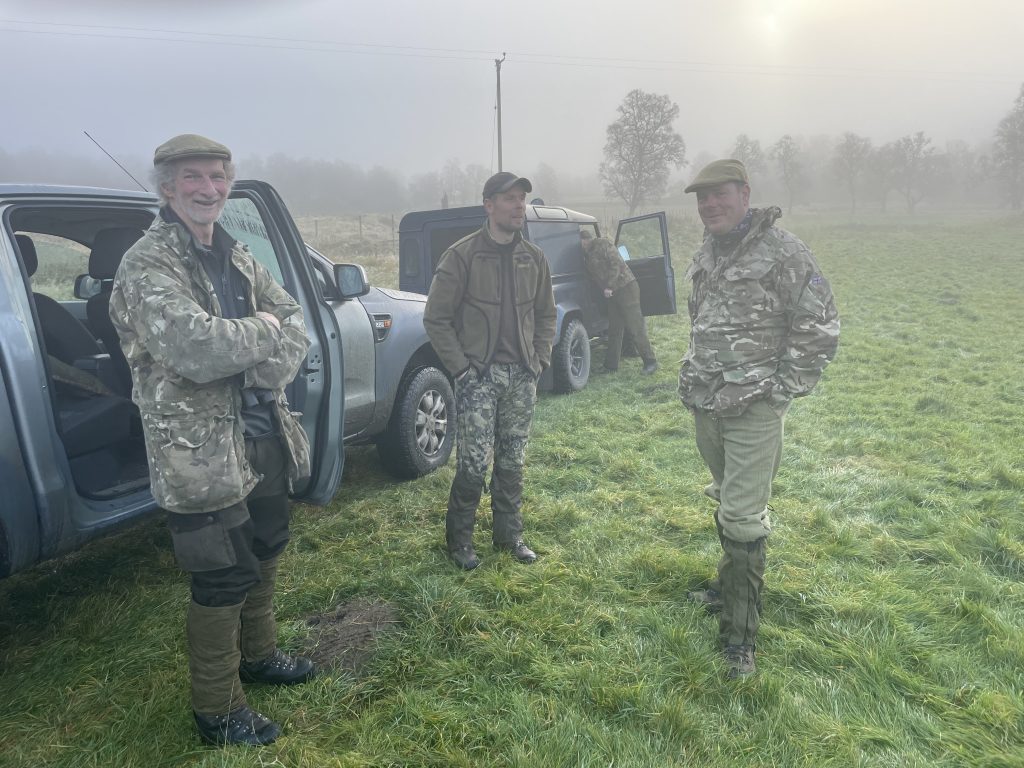.
Foyers Sporting Ltd. – Bespoke Hunting Experiences
Welcome to Foyers Sporting Ltd., where we specialise in bespoke hunting experiences designed for private clients and their families. Whether you seek the thrill of driven pheasant shooting in England, red deer stalking in Scotland, or an international hunting adventure, we offer carefully curated trips that combine expert guidance, ethical hunting, and world-class hospitality.
With a foundation built on transparency, professionalism, and a passion for hunting, we provide seamless experiences that cater to both seasoned hunters and newcomers alike.

Get in touch
Want to plan your next Sporting adventure or have a chat.
Our Hunting
Destinations

Scotland

England
Latest News
Why we hunt
Foyers Sporting – thoughts on High seats.
Scotland The Ultimate Stalking Experience
- Red deer, roe deer, and sika deer stalking in the Scottish Highlands.
- Breathtaking landscapes, rugged terrain, and unpredictable weather make for a challenging yet rewarding hunt.
- Stay in luxurious lodges and remote estates, surrounded by Scotland’s rich history and traditions.

England – A Unique Hunting Experience
- Muntjac and Chinese water deer stalking, offering a completely different challenge to larger deer species.
- Expansive farmlands, rolling hills, and dense woodlands provide varied stalking environments.
- Exceptional hospitality, with access to some of England’s finest countryside accommodations.
Our Ethical Commitment
At Foyers Sporting Ltd., we believe that success is measured not by the size of the trophy but by the quality of the experience. Our hunting philosophy is rooted in:
Sustainable and responsible deer management.
Sustainable deer management balances ecology, biodiversity, and community needs. It prevents habitat damage through ethical culling, habitat restoration. Collaboration ensures humane, science-based practices that support coexistence and ecosystem health.
Respect for local traditions and wildlife conservation.
Respecting local traditions goes hand in hand with wildlife conservation. By blending indigenous knowledge with modern conservation efforts, we can protect both nature and cultural heritage. Working together with local communities helps create sustainable, practical solutions that support biodiversity while keeping traditions alive.
The pursuit of adventure, challenge, and skill over excessive bag numbers.
We believe that true adventure and skill in hunting comes from the challenge, not the numbers. Prioritizing fair chase, marksmanship, and respect for wildlife makes the experience more rewarding than simply maximizing the bag. It’s about testing oneself, embracing the journey, and valuing quality over quantity.
Why Choose Foyers Sporting Ltd?
Unmatched Expertise – Years of global hunting experience.
Personalised Service – We tailor every trip to your unique preferences.
Transparent Pricing – No hidden fees, clear itineraries, and full cost breakdowns.
Exceptional Hospitality – Enjoy the best accommodations, fine dining, and local experiences.
Passionate & Professional Guides – Only the best professionals, ensuring a safe and rewarding hunt.
Whether you are looking for an adventure-filled sporting holiday, a family-inclusive getaway, or a challenging hunt in Scotland’s rugged landscapes, we provide an experience that is seamless, exciting, and truly unforgettable.
Start Planning Your Bespoke Hunting Experience
Let’s craft your ultimate deer stalking experience. Reach out to our expert team, and we’ll handle every detail, ensuring a trip that exceeds your expectations.
📍 Choose Your Hunting Experience
✔ Muntjac & Chinese Water Deer Stalking
✔ Red Deer Hunting in Scotland
✔ Roe Deer & Sika Deer Stalking
📍 Seamless Booking Process
1️⃣ Select Your Hunting Trip
2️⃣ Fill Out the Inquiry Form
3️⃣ Receive a Personalised Itinerary & Transparent Pricing
Contact Us
We are here to assist you. Whether you have an inquiry, require support, or wish to discuss potential solutions, please do not hesitate to get in touch.
